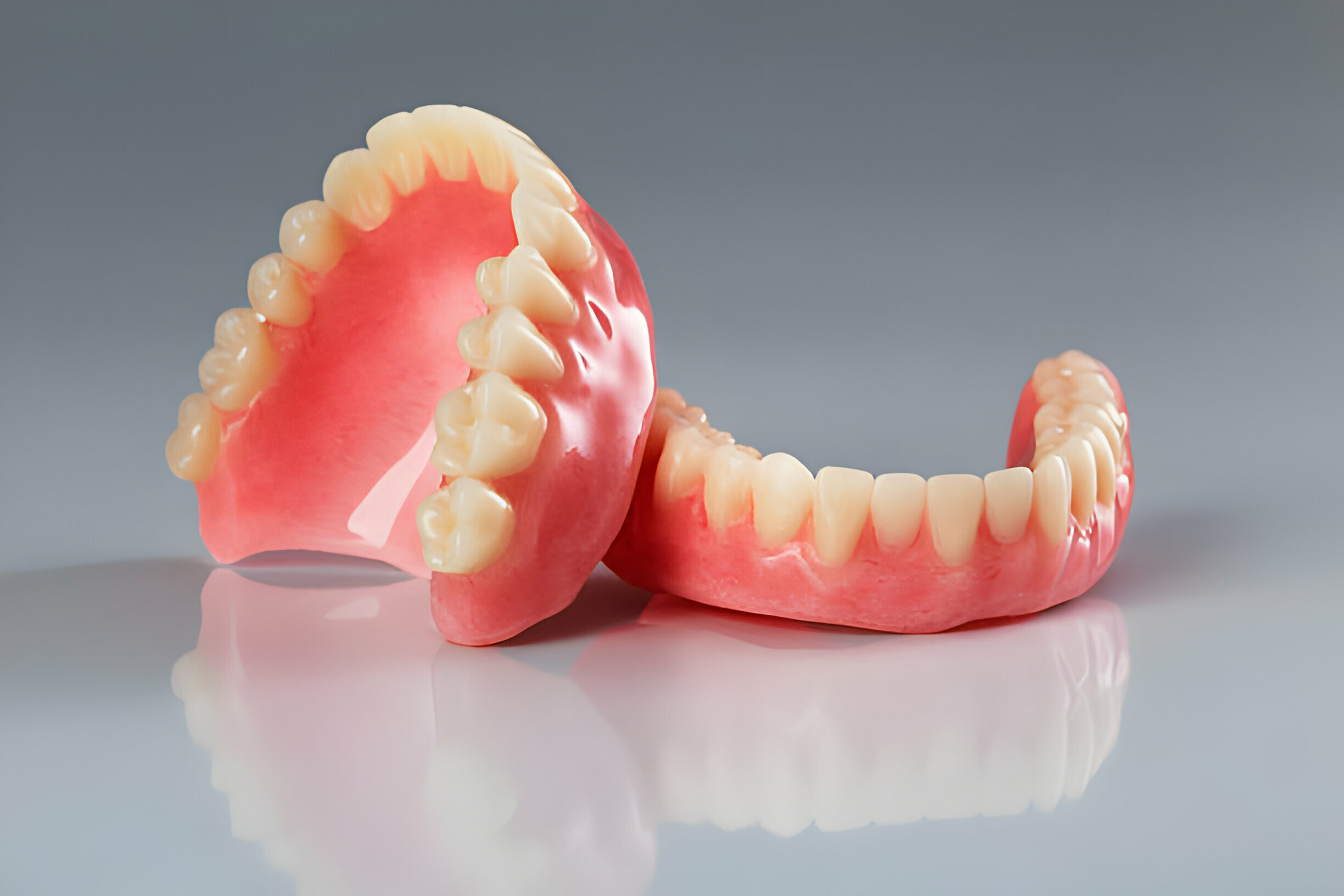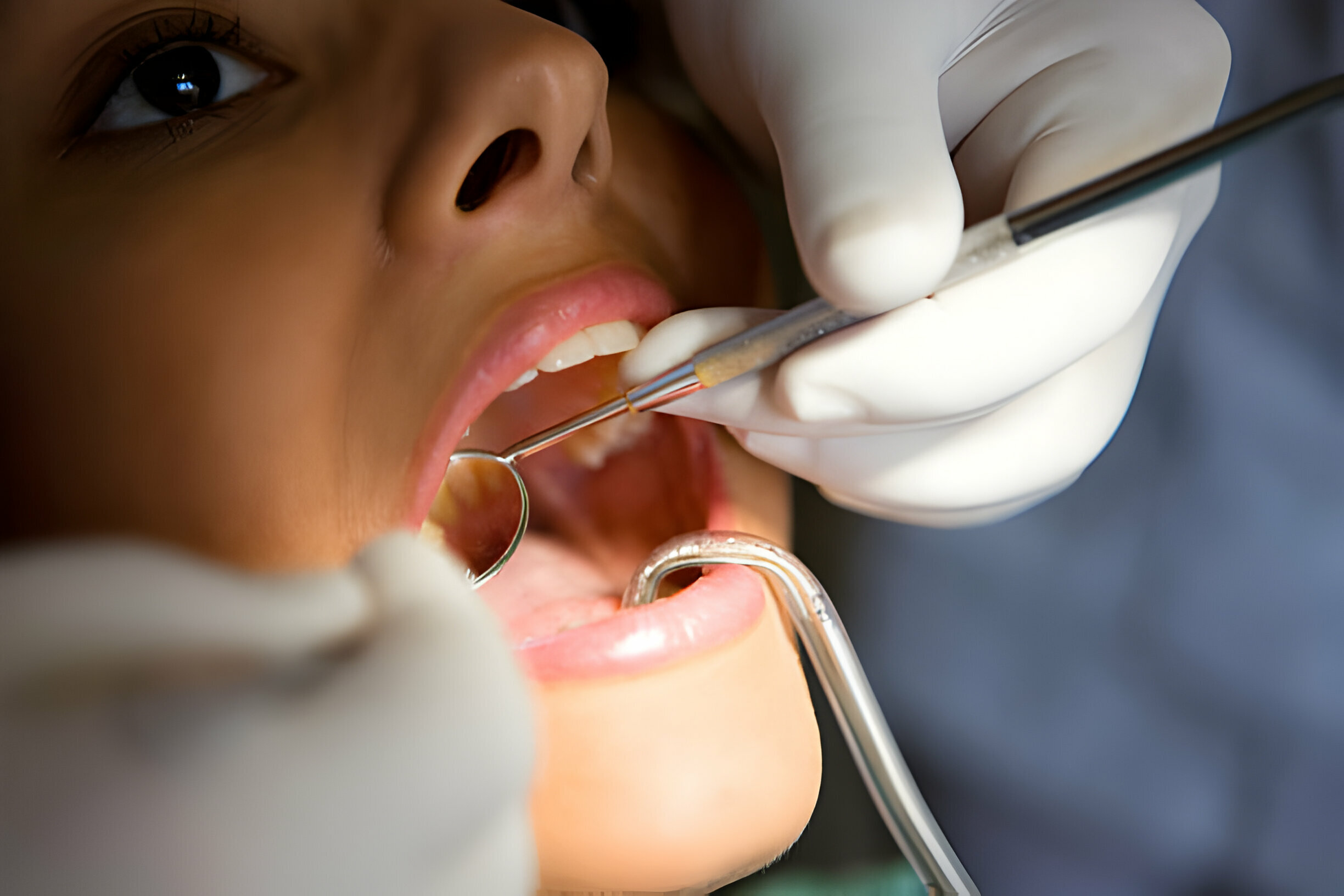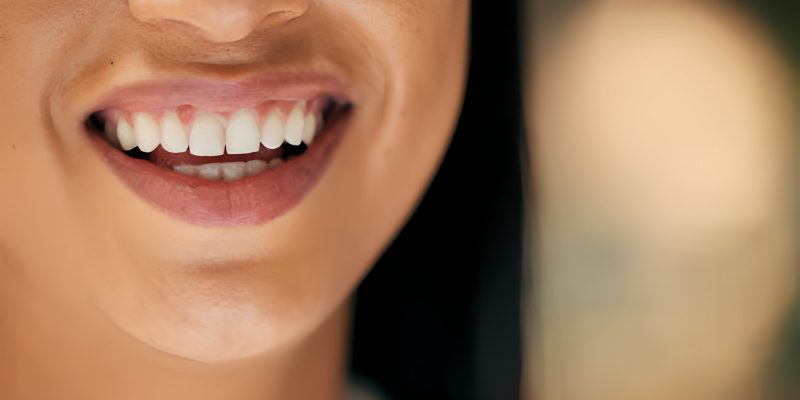Summary:
Whether you have cavities, missing, broken, or damaged teeth, restorative dentistry is your best approach to restoring your smile.
Modern dentistry offers many dental restoration options, from crowns to fillings and oral bonding.

Sadly, many individuals have a limited idea about how restorative dentistry can fix their smile. Therefore, in this blog, we take a closer look at the different types of therapeutic procedures with topics like:
- Understanding Restorative Dentistry – What Is It About?
- Top Restorative Dental Procedures
- Advantages of Restorative Dentistry
- Difference Between Restorative Dentistry and Cosmetic Dentistry
- Factors To Consider When Choosing A Restorative Dentistry Procedure
So continue reading as we learn more about these procedures in the following sections and understand what’s best for you.
Understanding Restorative Dentistry – What Is It About?
Restorative dentistry is a branch of dentistry that focuses on replacing or repairing teeth to improve oral health and chewing ability. It is vital for long-term dental health.
A restorative dentist generally conducts these treatments to help you smile effortlessly. The professionals use bridges, crowns, implants, and dentures to repair damaged or rotting teeth and restore the full function of your smile. Once done, the treatment allows you to speak, eat, and chew more comfortably.
What’s more, the top restorative dentistry procedures also provide additional cosmetic benefits by improving the appearance of your smile. Let’s learn more about them in the following section.
Top Restorative Dental Procedures
Restorative dentistry involves many operations to replace, repair, or improve teeth and oral health.
Here, we’ll look at some of the most popular therapeutic dental procedures:
1. Dental Fillings
Cavities, or tooth decay, are a severe oral condition caused by bacteria eating away at your enamel. Dental fillings are an excellent option for repairing minor cavities caused by tooth decay.
During this process, your Restorative Dentist in Grants, NM, will remove the decaying area of your tooth and replace the hole with a tooth-colored composite material. It will avoid further damage and stop the spread of tooth decay.
2. Dental Crowns (Caps)
Next, we have dental crowns or caps. They are great for repairing major cavities and healing your fractured tooth. The treatment involves a crown that covers the entire visible area of your tooth, adding strength and perfection to your cavity.
In this procedure, your dentist will remove some of your natural tooth enamel before placing the crown. Once done, they will remove a portion before installing the crown on your tooth.
3. Dental Bridges
A dental bridge can restore a lost tooth or a row of missing teeth. The appliance involves a set of prosthetic teeth and dental crowns placed on either side of your jaw. It is a great option for restoring your ability to eat and talk and keeping teeth in proper alignment.
Bridges offer a sturdy and aesthetically acceptable alternative to missing teeth. Once placed, your dentist will shape your natural teeth on both sides of the gap.
4. Inlays & Onlays:
In some unique cases, a cavity may be too large for a filling yet too tiny for a crown. This is where inlays and onlays come into the picture. An inlay fills the area between your teeth, whereas an onlay covers at least one of the cusps.
These custom appliances are permanently fixed into your natural tooth to give you a seamless smile. Both inlays and onlays offer a long-lasting treatment for mild cavities while retaining the natural appearance of your tooth.
5. Dentures
Lastly, dentures are one of dentistry’s most popular tooth replacement options. When visiting your dentist in Grants, you’ll be offered primarily two types of appliance: complete and partial dentures.
Complete dentures are used when all teeth in an arch are missing, whereas partial dentures replace several lost teeth in separate regions. Both the appliances rest on top of your gums and are supported by the jawbone. In other cases, you can also opt for an implant-supported denture for added stability and comfort.
Advantages of Restorative Dentistry
Restorative dentistry provides several benefits for individuals of all ages. Let us look at some of the advantages:
- Restoring Oral Health: Restorative procedures assist in repairing damaged teeth and improving oral health.
- Improving Chewing Function: They improve chewing function by repairing broken or missing teeth, allowing you to chew and enjoy your favorite meals.
- Eliminating Dental Pain: Restorative procedures relieve dental discomfort caused by cavities, infections, or damaged teeth.
- Reducing Future Dental Issues: Promptly addressing dental diseases minimizes further difficulties and lowers the chance of future dental disorders.
- Enhancing Smile Appearance: Many restorative treatments provide cosmetic benefits, leading to a more confident smile.
Difference Between Restorative Dentistry and Cosmetic Dentistry
Many individuals confuse restorative for cosmetic dentistry when undergoing the treatment.
While they may sound similar, there’s a significant difference between the treatment options. Restorative dentistry primarily focuses on restoring your oral health and function, whereas cosmetic dentistry seeks to improve the look of your smile.

Understanding that restorative and cosmetic dentistry are not mutually incompatible is crucial. Their missions frequently overlap as they strive to provide patients with holistic dental treatments.
Now that we’ve covered the fundamentals let’s review the different factors to consider when choosing a restorative dentistry procedure.
Factors To Consider When Choosing A Restorative Dentistry Procedure
Choosing the best restorative dental method necessitates careful evaluation of several criteria. Here’s a step-by-step tutorial that will help you make an informed decision.
1. Consultation With A Dentist
Scheduling a consultation with your dentist in Grants is your first step towards choosing the right restorative procedure. During this session, your dentist will evaluate your health, discuss your problems, and provide appropriate recommendations depending on your case.
2. Dental Evaluation
Once they finish the screening, the dentist will perform a complete dental examination that may involve X-rays, scans, and digital imprints. This assessment assists in determining the degree of the damage, the condition of the surrounding teeth, and any underlying disorders that must be treated before proceeding with the treatment.
3. Type Of Dental Issue
Next, it’s time to determine the precise dental condition you’re experiencing. Understanding the problem will help you limit your restorative alternatives, whether a chipped tooth, missing teeth, cavities, or other issues.
4. Treatment Goals
Talking to your dentist is one of the best ways to undergo the ideal treatment. During this time, try to define your goals and expectations from the restorative treatment. Are you most concerned with enhancing aesthetics, restoring functioning, or both? Your objectives will play a key influence in deciding the best technique.

5. Longevity
Consider the procedure’s duration. Some options, like dental implants, provide long-term solutions. Such appliances generally last a lifetime (when cared for properly). However, other options may require replacement after a specific amount of time.
6. Oral Health Habits
Next, you must evaluate your overall oral health habits! Certain operations may need more thorough dental care and maintenance than others. Ensure that you maintain regular hygiene to guarantee the effectiveness of your selected procedure.
Takeaway
- Restorative dentistry is a branch of dentistry that focuses on replacing or repairing teeth to improve oral health and chewing ability.
- Modern dentistry offers many dental restoration options, from crowns to fillings and oral bonding.
- Complete dentures are used when all teeth in an arch are missing, whereas partial dentures replace several lost teeth in separate regions.
- Choosing the best restorative dental method necessitates careful evaluation of several criteria.
- Want the best for your smile? Don’t wait for things to worsen; consult with our Sundance Dental Grants professionals to understand what works best for you.

